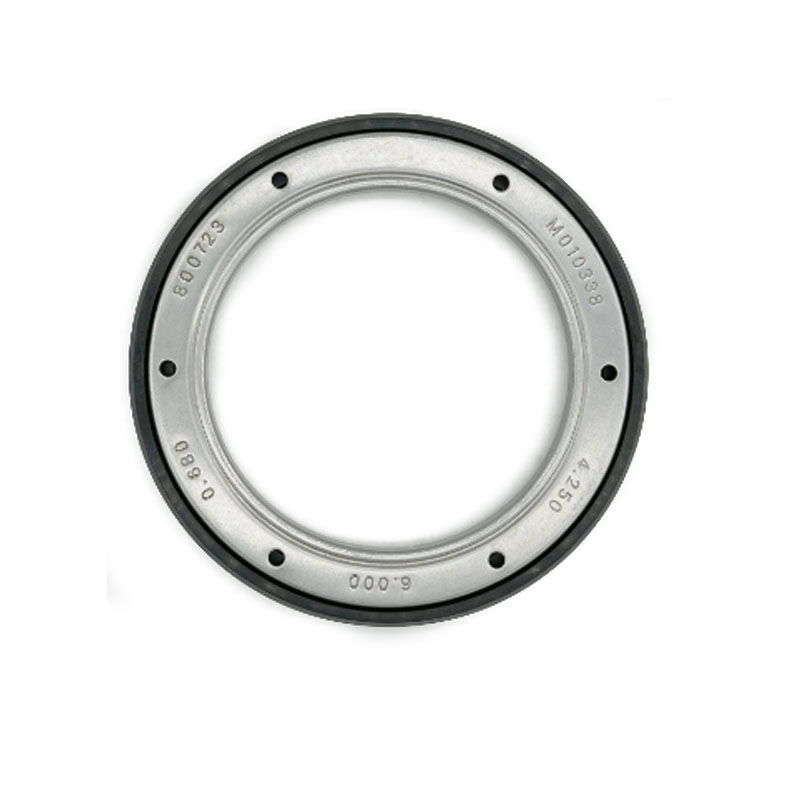mechanical seal shaft
Understanding Mechanical Seal Shafts A Comprehensive Overview
Mechanical seals are crucial components in various industries, primarily serving to prevent leakage in rotating equipment such as pumps, mixers, and compressors. At the heart of a mechanical seal is the shaft, a critical element that plays a vital role in its overall functionality. This article explores the mechanics, challenges, and innovations surrounding mechanical seal shafts, shedding light on their importance and applications.
What is a Mechanical Seal Shaft?
In its simplest form, a mechanical seal is designed to provide a tight seal between a rotating shaft and a stationary part in a machine. The mechanical seal shaft is the part that transmits the rotational energy from the motor to the impeller in pumps or to other rotating components in a system. The effectiveness of a mechanical seal greatly depends on the integrity of the shaft and how well it interacts with the sealing components.
Components of Mechanical Seal Shafts
A typical mechanical seal assembly consists of several components the rotating element, the stationary element, and the sealing interface. The rotating element is often attached directly to the shaft, while the stationary part is mounted to the equipment casing. The sealing interface is where the two elements meet, and it is this interaction that prevents fluid leakage.
The material composition of the shaft is also critical. Most mechanical seal shafts are made from high-strength materials like stainless steel, carbon, or ceramic, which can withstand the wear and tear of continuous operation. Additionally, the surface finish of the shaft is essential for optimal sealing performance; a smooth finish minimizes friction and wear, ensuring a longer lifespan for both the shaft and the seal itself.
Challenges Faced by Mechanical Seal Shafts
Despite their robustness, mechanical seal shafts face several challenges that can lead to failures. One of the primary issues is misalignment, which can cause uneven wear on the seal and shaft. Misalignment can result from a variety of factors, including thermal expansion, improper installation, or wear on bearings.
mechanical seal shaft

Another common problem is shaft wear, particularly in high-speed applications. The constant friction can lead to degradation of the shaft surface, compromising the sealing surface and resulting in leaks. Additionally, chemicals present in the pumping medium can lead to corrosion, further weakening the shaft over time.
Finally, vibrations from the rotating machinery can negatively affect the mechanical seal’s performance. Excessive vibrations can lead to seal failure, increasing the risk of leakage and environmental hazards.
Innovations in Mechanical Seal Shaft Technology
As industries continually seek ways to enhance efficiency and reduce downtime, advancements in mechanical seal shaft technology have emerged as a vital area of development. One of the primary innovations is the use of advanced materials, such as duplex stainless steel or specialized alloys that offer enhanced corrosion resistance and strength. These materials reduce wear and tear, extending the lifespan of both the seal and the shaft.
Another significant area of improvement is the design of the sealing components themselves. Many modern seals incorporate features like secondary seals or springs that improve the engagement between the rotating and stationary parts, providing better performance under varying conditions.
The integration of smart technology into mechanical seals is also on the rise. Sensors can be used to monitor the performance of the seal in real-time, providing data that helps predict failure before it happens. This predictive maintenance approach allows for timely interventions, reducing unplanned downtime and maintenance costs.
Conclusion
The mechanical seal shaft is a pivotal element in ensuring the efficiency and reliability of various rotating equipment. Understanding the intricacies of shaft design, material selection, and potential issues is essential for engineers and maintenance teams. With ongoing innovations and a focus on durability, mechanical seals continue to evolve, paving the way for more efficient and reliable industrial operations. As industries embrace these advancements, the importance of mechanical seal shafts will only continue to grow, highlighting their role in achieving operational excellence in a challenging industrial landscape.
-
Understanding the Front Main Engine Seal: Purpose, Maintenance, and Installation
News Jul.29,2025
-
Understanding O-Rings and Seal Rings: Types, Applications, and Custom Solutions
News Jul.29,2025
-
Understanding Crankshaft Oil Seals: Rear Seals, Pulley Seals, and Their Role in Engine Integrity
News Jul.29,2025
-
The Importance of Front and Rear Crankshaft Seals in Engine Performance and Oil Management
News Jul.29,2025
-
Crank Oil Seals: Functions, Types, and Cost Considerations in Engine Maintenance
News Jul.29,2025
-
A Comprehensive Guide to O-Rings and Seals: Types, Materials, and Global Applications
News Jul.29,2025
-
Mastering Diesel and Performance Engine Maintenance: A Guide to Critical Oil Gaskets
News Jul.28,2025
Products categories















